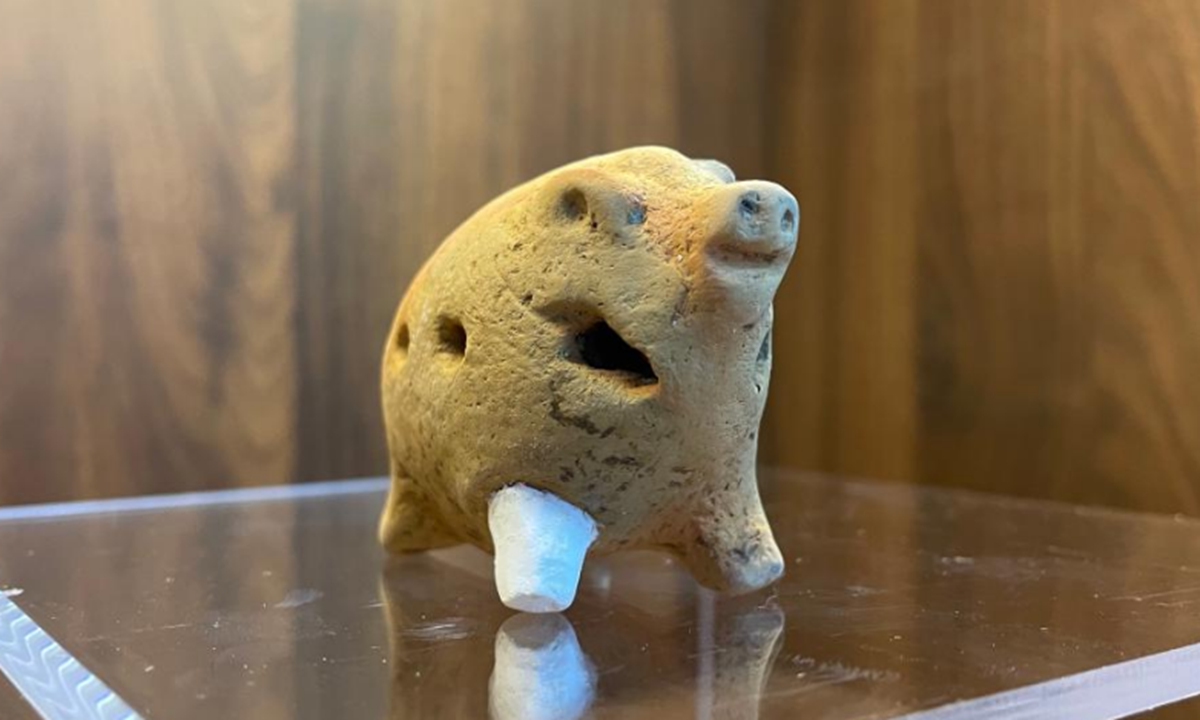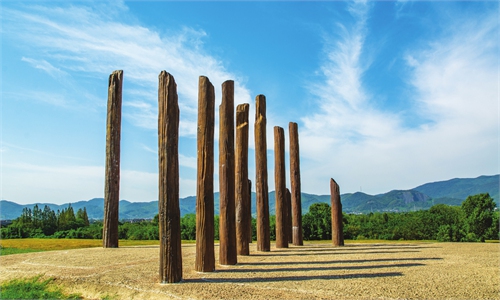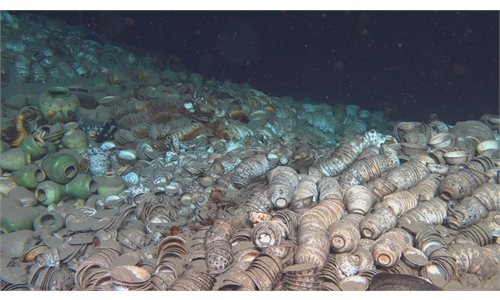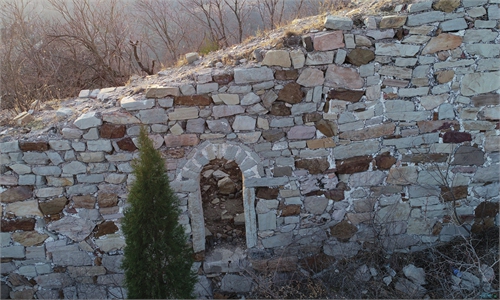ARTS / CULTURE & LEISURE
Archaeological excavation of millennia-old tombs livestreamed

A pig-shaped pottery discovered in the Maan Site of Wuxi city, East China's Jiangsu Province Photo: Xinhua
Experts from different disciplines took part in an archaeological excavation of two tombs dating back to over 6,000 years ago in Wuxi City of east China's Jiangsu Province, and the entire process was livestreamed online on Friday.A total of 26 tombs with the primeval occupants being people from the period of the Majiabang Culture of the Neolithic Age were previously discovered in the Maan Site of Wuxi.
Out of these, 20 tombs have been excavated in the wild, revealing various relics such as stoneware, pottery and jade ware. The remaining six tombs were relocated to a cabin lab belonging to the Institute of Archaeology under the Chinese Academy of Social Sciences for further study.
On Friday, experts specializing in physical anthropology, rock mineralogy, microbiology, microtrace analysis and other relevant fields took part in the excavation of two of the six remaining tombs. People were able to view the entire excavation work online in real time, according to the city's cultural relics and archaeology institute.
During the livestreaming, the researchers unearthed two relatively complete human skeletons, while collecting and sampling information regarding the microorganisms in the tombs.
Preserving and extracting microorganisms and information from human bones in the wild pose significant challenges due to their susceptibility to environmental pollution. Therefore, the municipal cultural relics and archaeology institute decided to pack the tombs up as a whole and transfer them to the cabin lab, Liu Baoshan, head of the institute, explained.
The livestreaming is to capture the attention of a wider audience, fostering interest in archaeology and promoting public awareness about the excavation work of researchers, Liu said.



